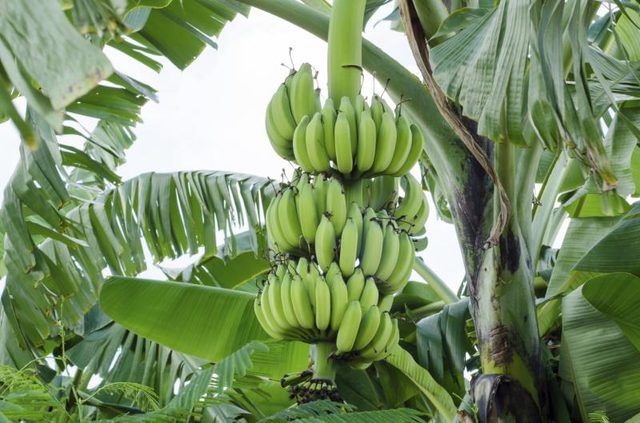Bulbs
Flower Basics
Flower Beds & Specialty Gardens
Flower Garden
Garden Furniture
Garden Gnomes
Garden Seeds
Garden Sheds
Garden Statues
Garden Tools & Supplies
Gardening Basics
Green & Organic
Groundcovers & Vines
Growing Annuals
Growing Basil
Growing Beans
Growing Berries
Growing Blueberries
Growing Cactus
Growing Corn
Growing Cotton
Growing Edibles
Growing Flowers
Growing Garlic
Growing Grapes
Growing Grass
Growing Herbs
Growing Jasmine
Growing Mint
Growing Mushrooms
Orchids
Growing Peanuts
Growing Perennials
Growing Plants
Growing Rosemary
Growing Roses
Growing Strawberries
Growing Sunflowers
Growing Thyme
Growing Tomatoes
Growing Tulips
Growing Vegetables
Herb Basics
Herb Garden
Indoor Growing
Landscaping Basics
Landscaping Patios
Landscaping Plants
Landscaping Shrubs
Landscaping Trees
Landscaping Walks & Pathways
Lawn Basics
Lawn Maintenance
Lawn Mowers
Lawn Ornaments
Lawn Planting
Lawn Tools
Outdoor Growing
Overall Landscape Planning
Pests, Weeds & Problems
Plant Basics
Rock Garden
Rose Garden
Shrubs
Soil
Specialty Gardens
Trees
Vegetable Garden
Yard Maintenance
Do Bananas Have Seeds?
Do Bananas Have Seeds?. Bite into a store-bought banana, and you won't find any noticeable seeds. Commercially grown bananas are genetically bred to prevent seed growth -- those tiny black dots in the center of bananas are the remnants of ovules that won't become viable. But wild bananas do have seeds, and depending on the type, those seeds can be...

Bite into a store-bought banana, and you won't find any noticeable seeds. Commercially grown bananas are genetically bred to prevent seed growth -- those tiny black dots in the center of bananas are the remnants of ovules that won't become viable. But wild bananas do have seeds, and depending on the type, those seeds can be quite large. This doesn't mean you can, or should, plant a banana seed -- most new banana plants are produced by the mother plant.
Banana Plants
Banana plants (Musa spp.) are tree-like in appearance -- so much so that they are often referred to as trees. Botanically, banana plants are actually herbs, with succulent stems through which the leaves grow and uncurl at the top. Hardy in U.S. Department of Agriculture plant hardiness zones 9b through 11, they add a tropical flair to almost any landscape and thrive in moist but well-drained soil. Banana plants will grow in full sun or part shade and get quite large -- up to 30 feet tall.
Banana Seeds
Some bananas, depending on the species, can have quite a few seeds -- even to the point that the fruit is more seeds than flesh. The seeds can be rounded or angled and average between 1/8 and 5/8 inches wide. The seeds are only used for cultivation purposes by experienced breeders and not by casual gardeners. Instead, most people who want to grow bananas harvest suckers, not seeds.
Banana Suckers
Banana plants grow from rhizomes -- horizontal, underground roots. In fact, most banana plants produce a lot of suckers, or baby banana plants. After the mother plant produces fruit, it dies and is replaced by the largest sucker. It's not a good idea to let a lot of suckers develop. In any given year, only three or four should be growing: the oldest, which produces flowers and fruit; the next oldest, which should be about half the size of the oldest; and then a couple that are between 6 inches and 3 feet tall.
Growing Bananas
Cultivating the baby plants that sprout naturally from the rhizomes of the mother plant is the best way to grow a new banana plant. Rather than growing banana plants from seeds, growers remove large, healthy suckers -- these are usually between 4 and 5 feet tall -- from the mother plant by cutting the rhizome with a spade. Then, the new plants -- which are still attached to a cut section of the rhizome -- are potted and sold.